Paula Mejía on David Hockney’s set design for an unfinished Puccini opera.
For three decades, the Los Angeles Opera has been vexed by a Puccini production they haven’t been able to mount: Turandot, the late composer’s final (and unfinished) opera. But tellingly, the organization’s vice president of artistic planning, Rupert Hemmings, didn’t refer to it as Puccini’s Turandot when he recently spoke about it with The Los Angeles Times. Instead he called it “Hockney’s Turandot.” Yes, that Hockney. L.A.’s adopted son by way of Bradford, England. The chronicler of rippling chlorinated water and the bodies within it, a portraitist of aging parents posing in Technicolor-drenched rooms.
Some context before we get further into the David Hockney of it all: Puccini died before he finished Turandot, so the version we see has an ending largely shaped by his student Franco Alfano, who finished the opera following the composer’s 1924 death (Though Arturo Toscanini, the conductor for the Turandot premiere at La Scala, slashed a ton of Alfano’s original score). The original Turandot has been rightfully criticized for its flimsy plot and offensive stereotypes of Chinese people; over the last century it’s also cultivated a following for its muscular music (the opera’s most famous aria, “Nessun dorma,” has been dubbed “a pop culture hit of sorts” by NPR).
In the early ‘90s, the opera became synonymous with Hockney, who turns 87 next week, when the painter designed a series of oblique sets for a Turandot production first staged in Chicago. The opera’s titular princess and her suitor, Calàf, duked it out inside Hockney’s striking sets, which he initially built not as small models but rather renderings that he could physically crawl through. Hockney imagined the stage design in sun-ripened cherry reds, muted plums, minty greens, briny blues—hues that wouldn’t be out of place in a Verner Panton furniture showroom—to telegraph a nonexistent fantasy of China, where the story takes place.
SPONSORED BY HYUNDAI ARTLAB
Meet LUCA, a digital creature discovered by Ed Fornieles that evolves from spikes in web traffic. With just a few clicks, you’ll join our global online community—helping LUCA transform from a basic cellular form to a fully realized digital creature.
A NIGHT AT THE OPERA
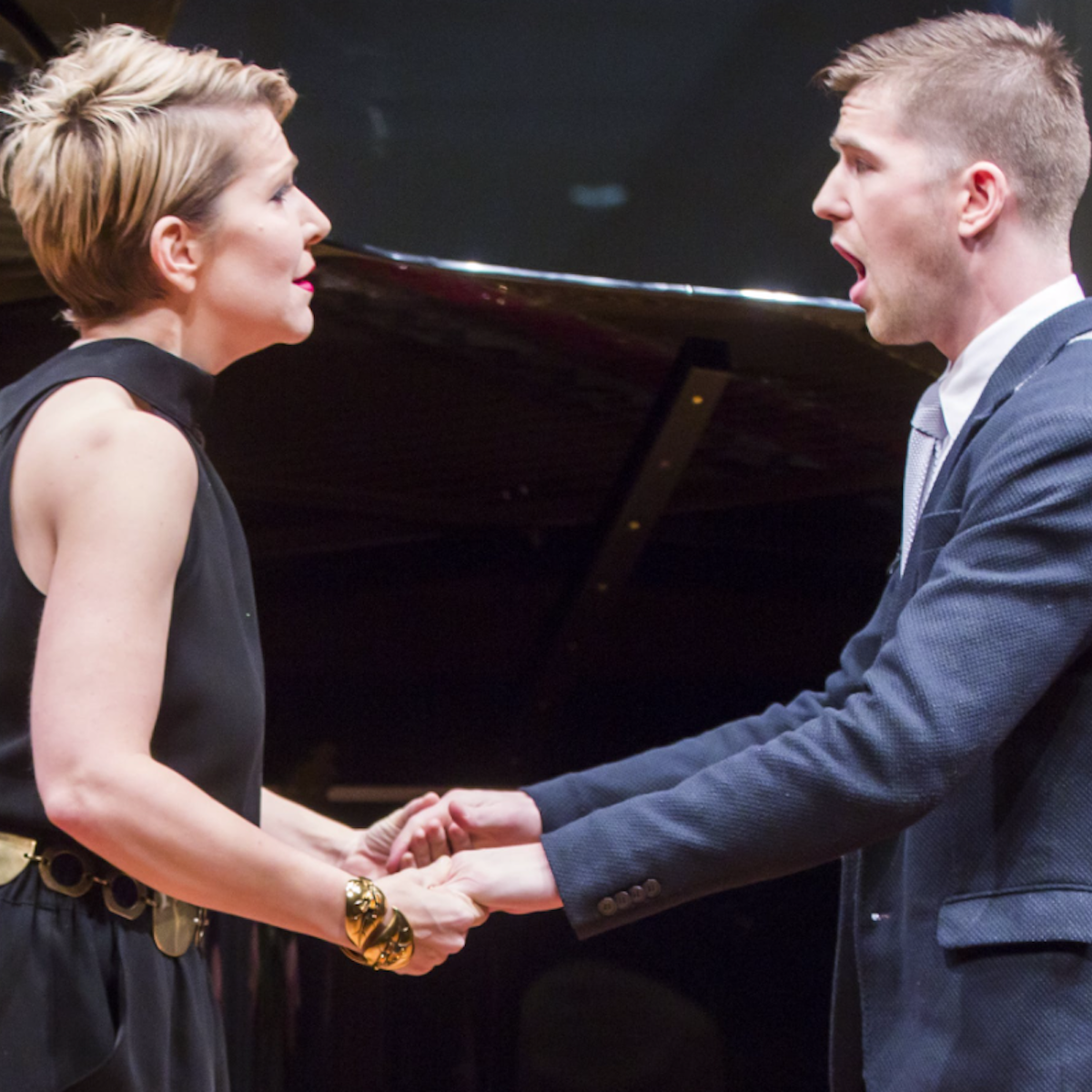 | Sep 21, 2022 Gioco, not giuoco. |
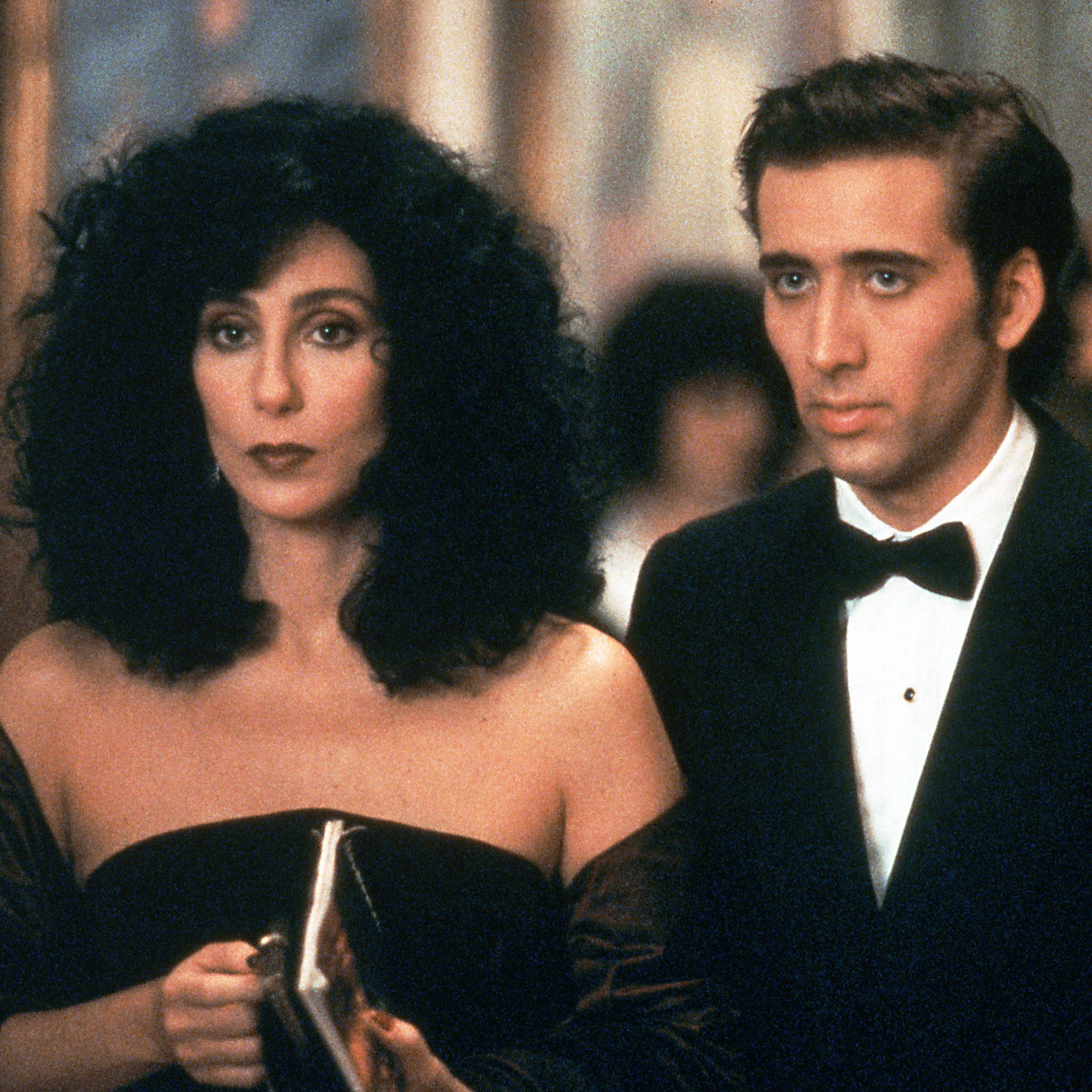 | Nov 8, 2023 Nick at the opera. |
|
POSTMODERN ARCHITECTURE
| 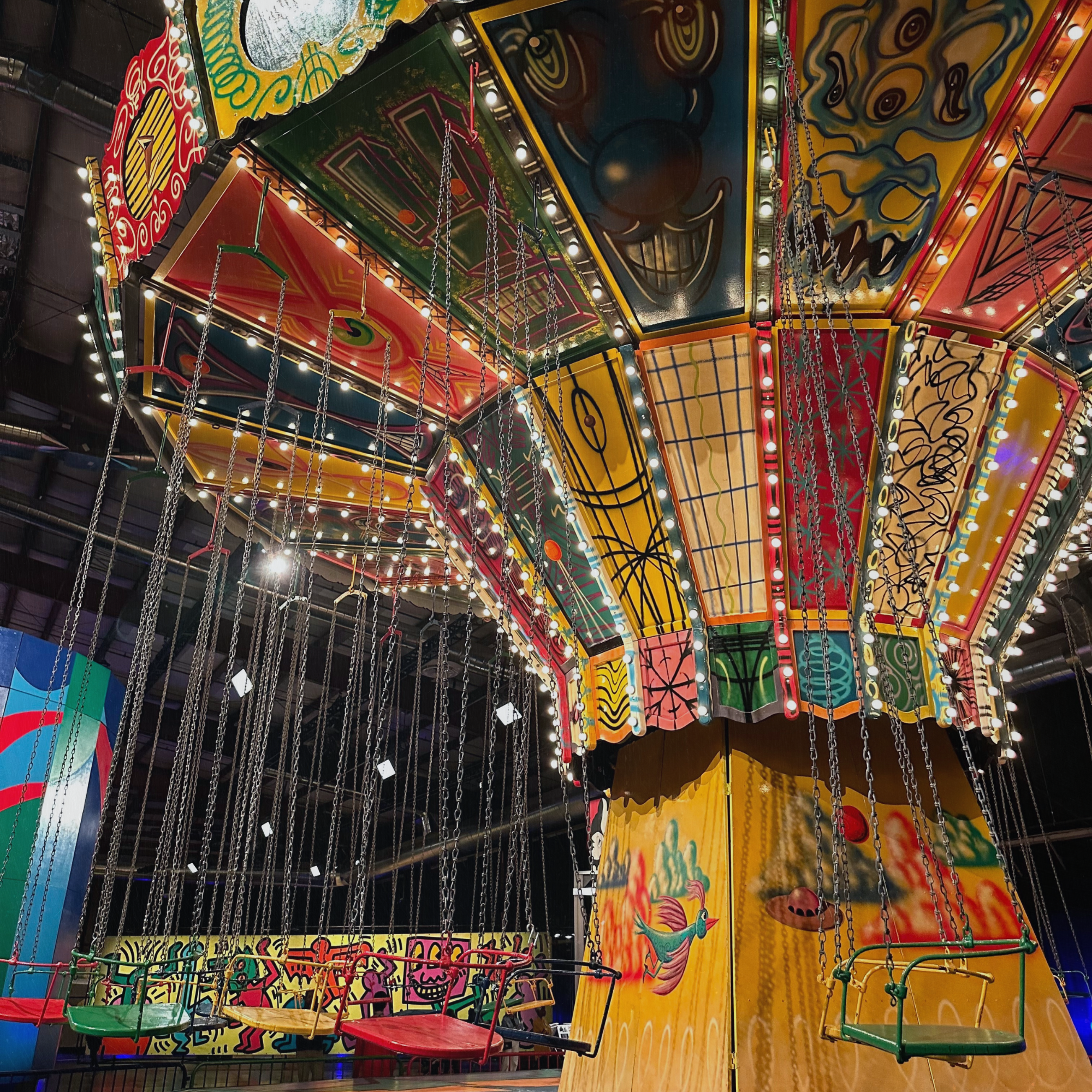 | Jan 25, 2024 |
|
| 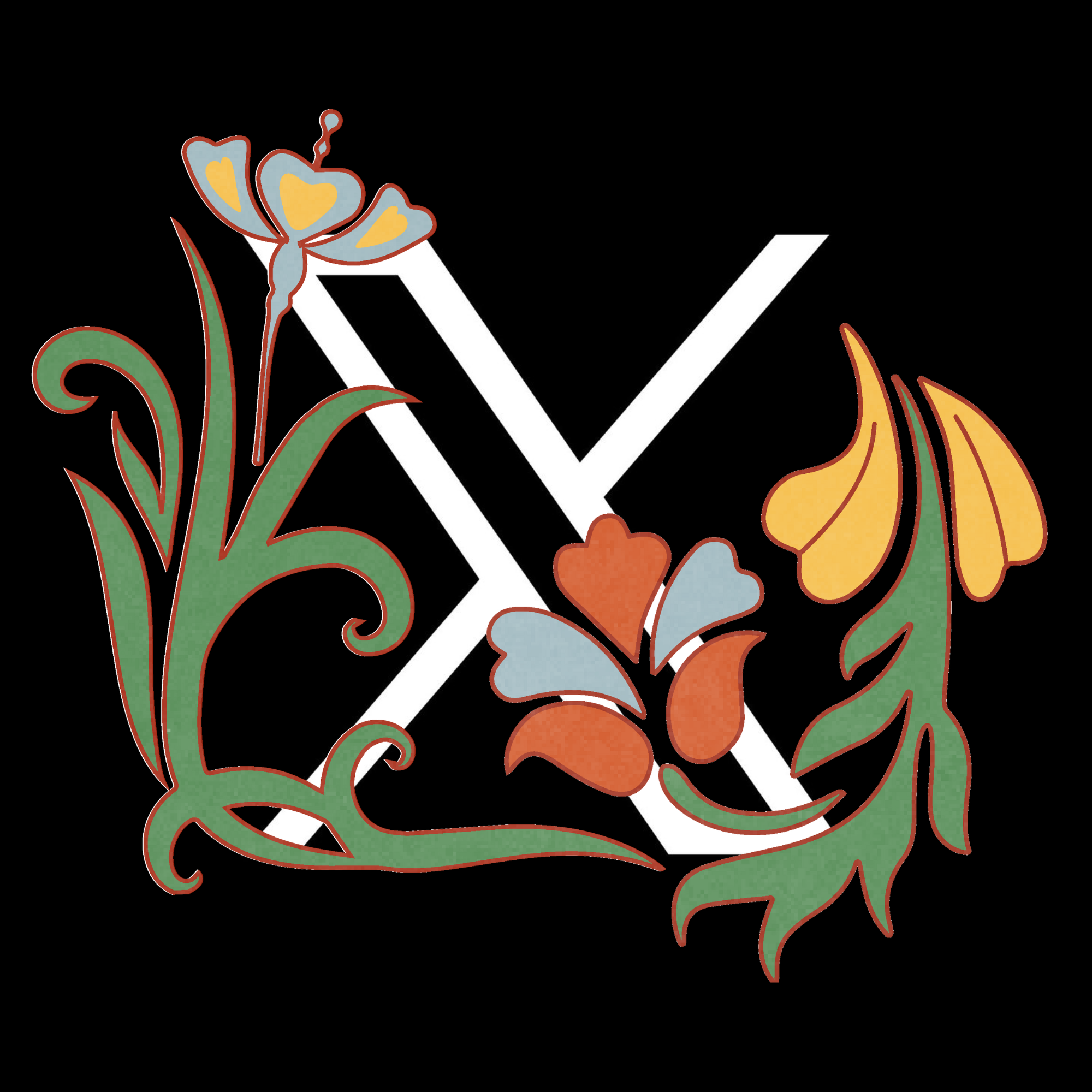 | Mar 21, 2024 |
|
|  | Apr 4, 2024 |
|
| 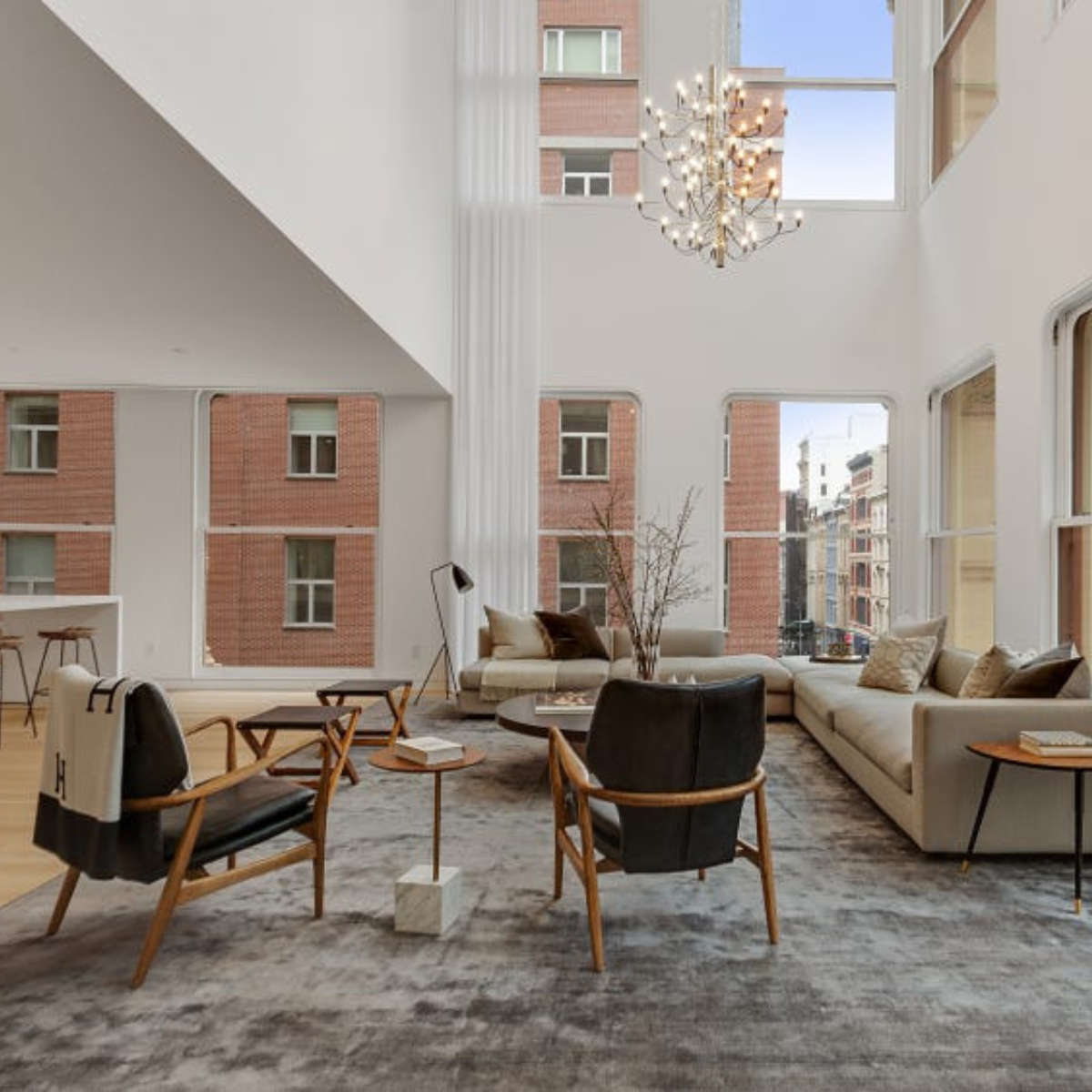 | Oct 17, 2022 |
|
| 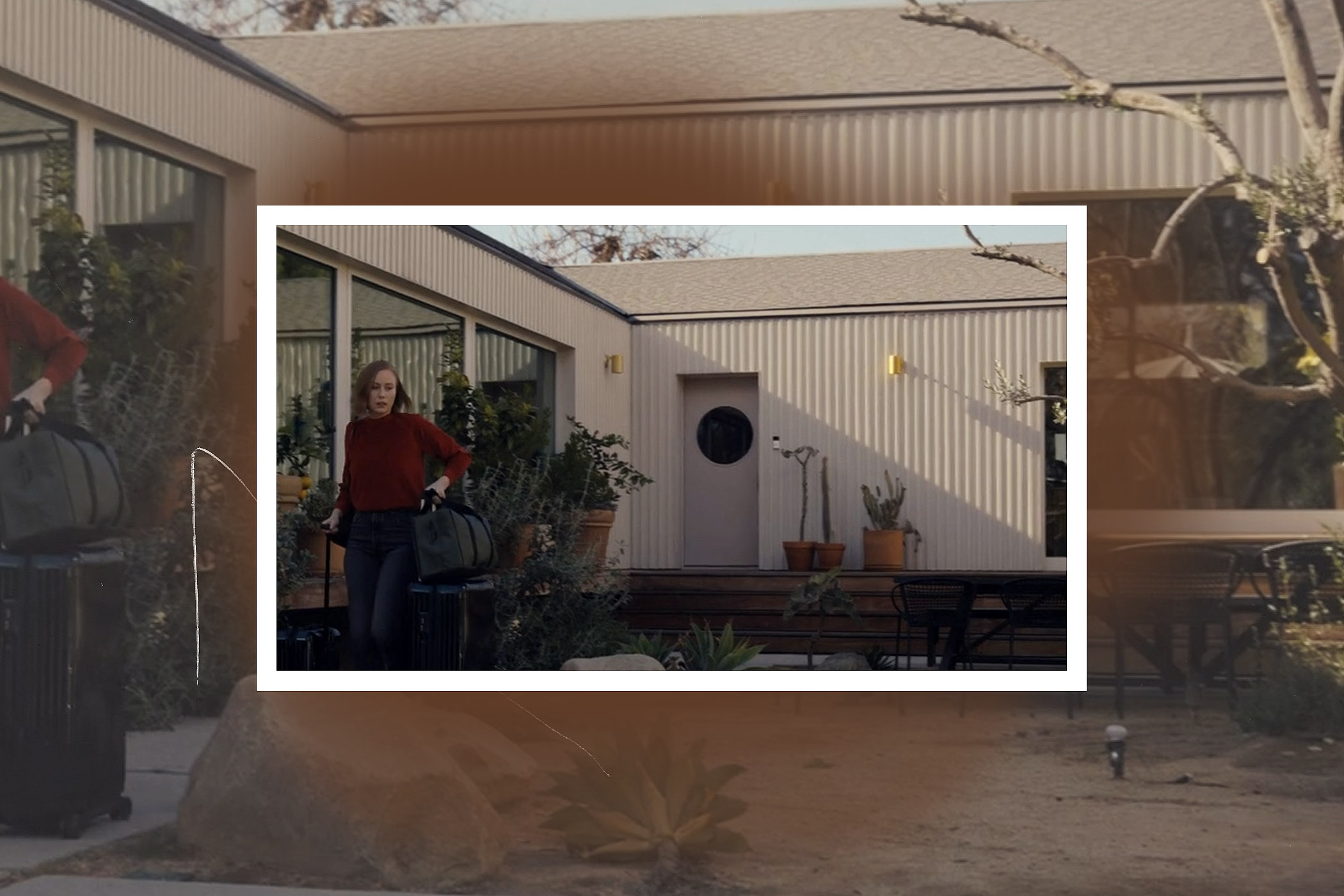 | May 17, 2024 |
|













